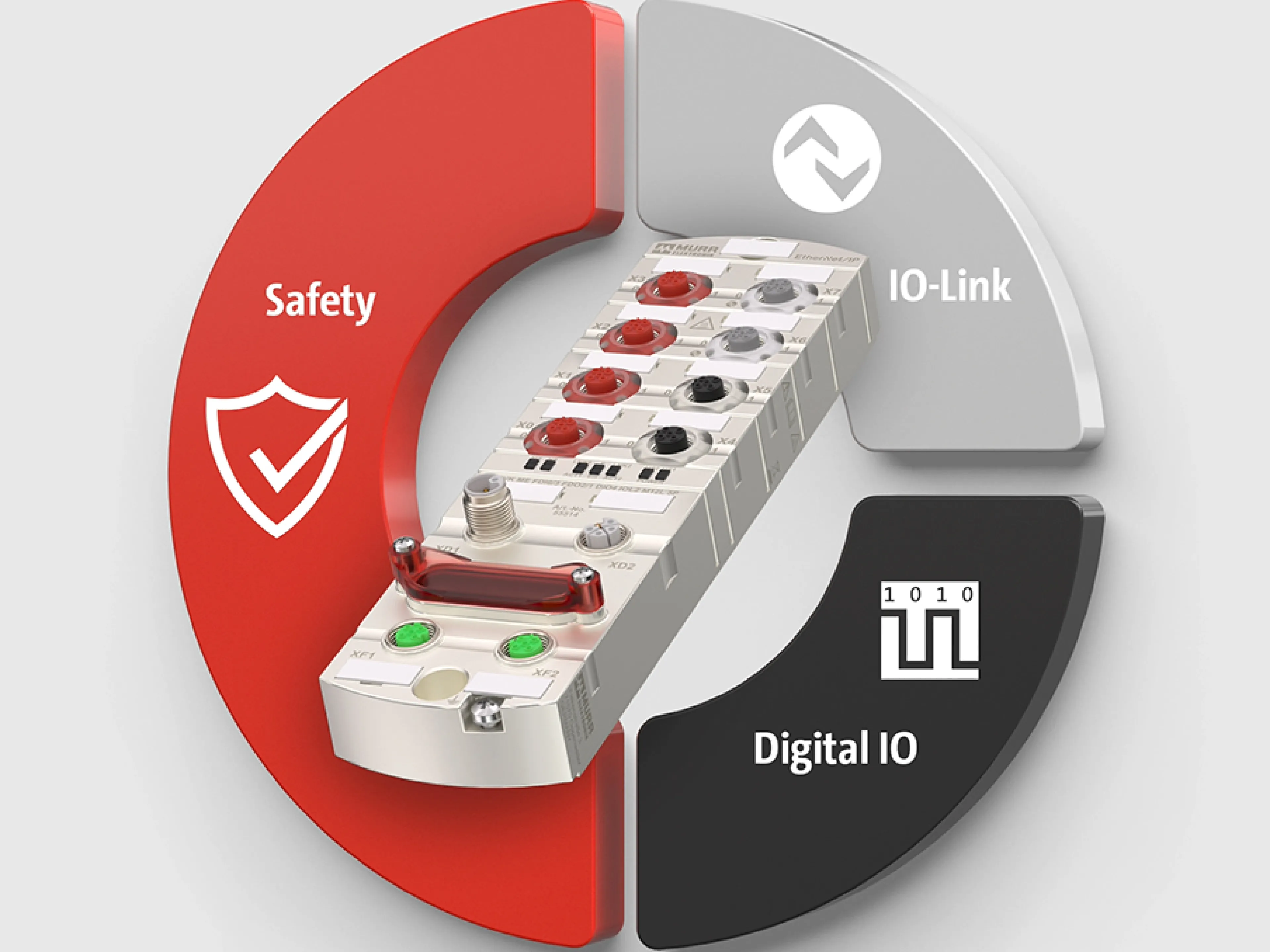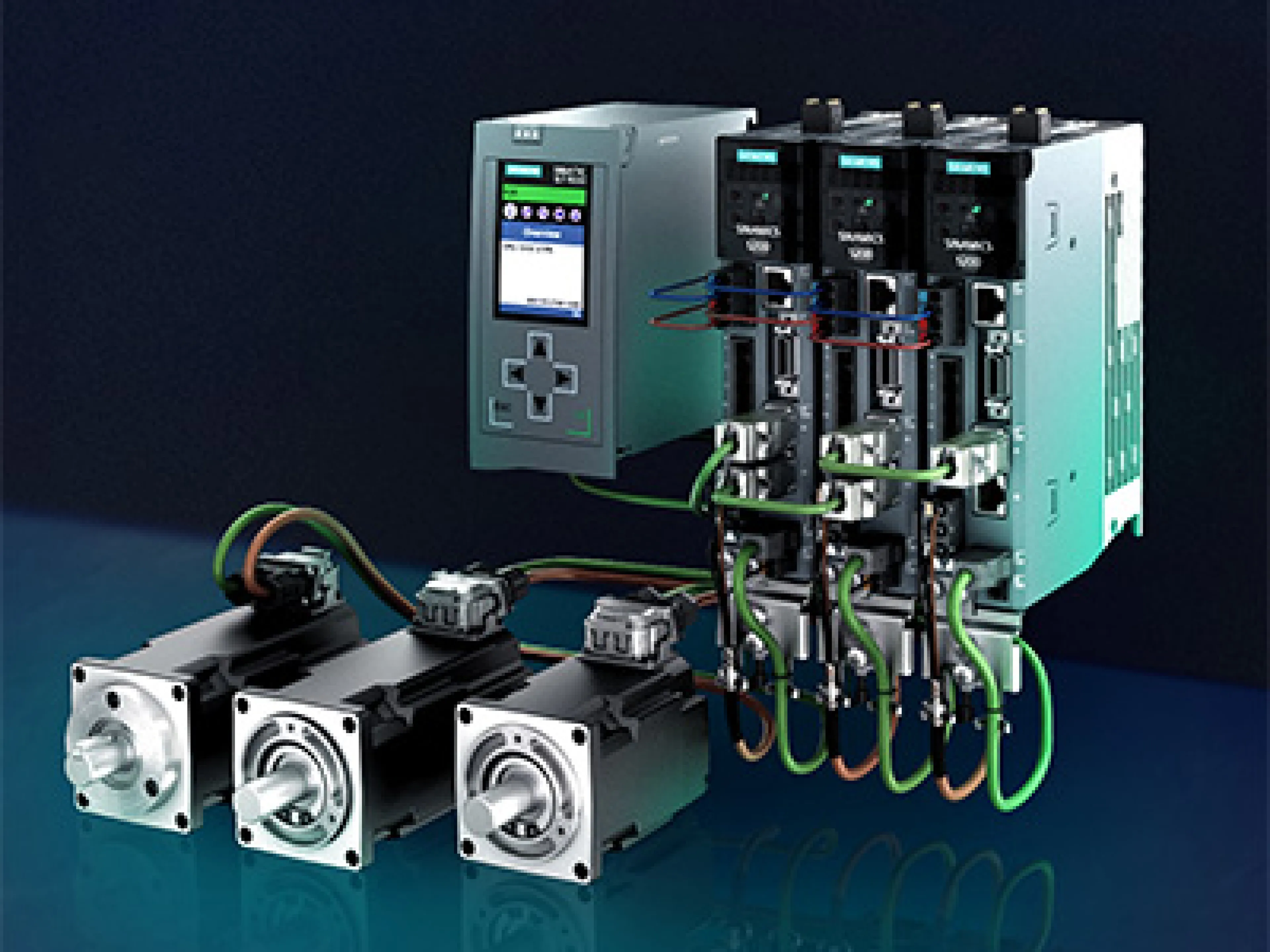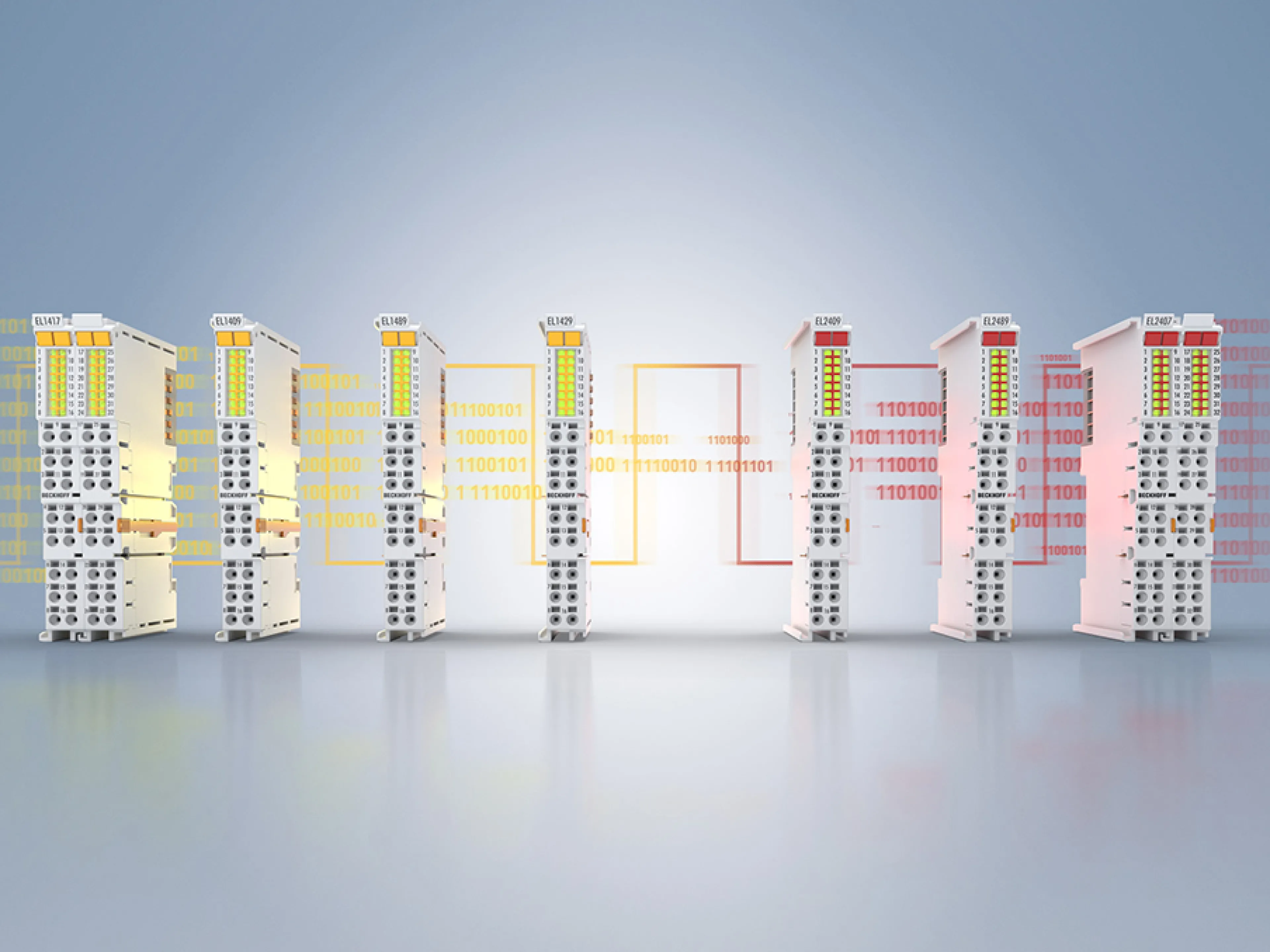
A recent study by market research institute Omdia shows that Profinet remains the leading technology in the field of Ethernet protocols. The study comprehensively analyzes the current and future market distribution and identifies Profinet as the frontrunner among the known systems. Profinet owes its success to several principles of technology development, which will continue to ensure a strong position in the future.
The Profinet specification is continuously developed based on customer requirements. Following an extensive review, PI has now published the "V2.4 MU5" specification on an annual basis. This version contains comprehensive security definitions for Security Class 2 and 3. At the same time, the Generic Station Description Markup Language and certification are also being consistently developed further, and the next release will be published soon. This creates a solid basis for developers and enables the security and reliability of networks.
Profinet meets the requirements of the digital transformation
The Ethernet protocol was deliberately developed for the broad market and is used in various industries. As the first available implementation of Ethernet APL, Profinet over APL is driving growth in process automation. At the same time, it is also established in the high-end area of motion control. IRT technology is available in more and more drives. At the same time, Profinet is preparing steps for time-sensitive networking to meet the requirements of the future. The architecture of Profinet is perfectly suited to the requirements of digital transformation. On the one hand, simple data access is possible via an open TCP/IP channel or integrated "PN_Record_Rd/Rw". In addition, Profinet models are now also mapped to OPC UA.
As a central component of the PI ecosystem, there is close coordination both technically and organizationally with other technologies such as IO-Link, SRCI, Omlox, MTP and NOA. More than 800 dedicated members are active in the working groups, who work intensively on customer requirements. This close cooperation enables seamless integration into the entire automation environment. Developers and users benefit from a wide range of solutions and a strong community for further development.









